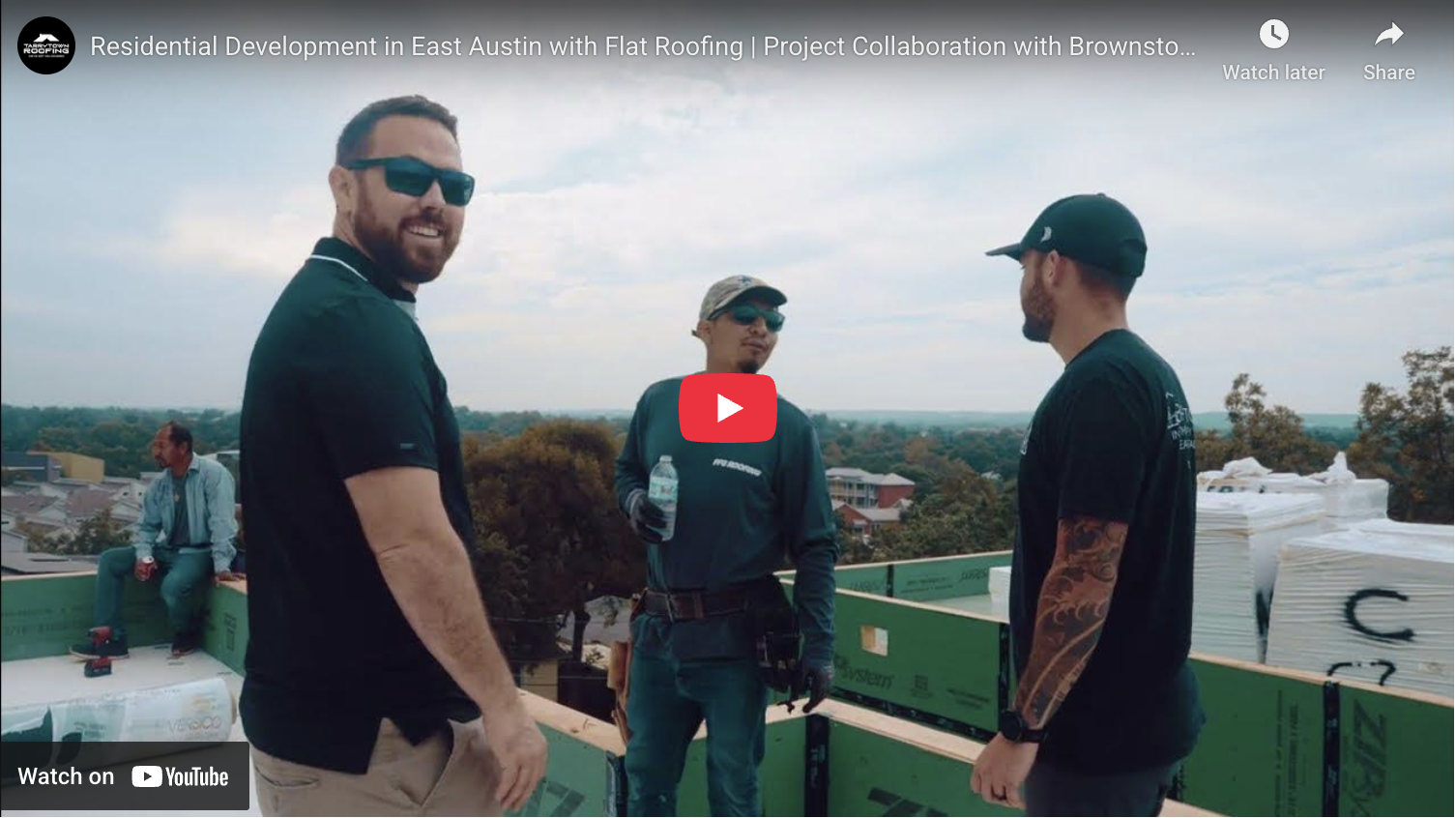What Roofing Contractors Examine and Why It Matters for Insurance Claims
You schedule a roofing contractor to inspect your roof. How do you know they’re a high-quality roofer? What are they looking for? Why does it matter? And what should you walk away with?
To start, a good roofer doesn’t just eyeball your shingles and leave a business card. They follow a detailed, methodical process to assess the condition of your roof, document any issues, and determine whether damage may be covered by insurance or paid out-of-pocket.
Let’s highlight the elements of a professional roof inspection, why it matters, and what’s of particular importance across Austin, Dallas, College Station and Central Texas service area.
1. 360° Ground-Level Inspection
Every inspection begins from the ground. In order to help identify potential structural issues and water drainage problems that can indicate deeper issues up top. A reputable contractor will walk the entire perimeter of your home, taking note of any roof sagging or unevenness, gutters and flow, damage to soffits, fascia and siding, and any visible signs of roof deterioration from below. For example, missing or curled shingles or stains from algae growth.
2. Inspecting Soft Metals
Next, your roof inspector will get on the roof and take a close look at all soft metals. They will look for any degradation or storm damage. Because soft metals are thinner and more malleable, they are more susceptible to dents and damage from hail and wind damage from falling debris. Unlike shingles, these materials don’t bounce back, so dents in soft metals are a telltale sign of storm damage to your property.
Why this matters to your roof insurance claims?
Insurance companies often use damage to soft metals as evidence of storm damage. In turn, this evidence helps to substantiate your insurance claim for a roof replacement.
3. Checking Roof Penetrations
Any place where a part of the roof system goes through layers of the roof has the potential to be vulnerable to water damage. Because if these penetrations are not properly flashed or sealed, water can leak into your attic or wall cavities, eventually causing rot, mold, and major structural problems. Common areas of potential roof penetration includes: vent pipes, chimneys, mounts, skylights and vent fans.
4. Evaluating Roof Valleys
Roof valleys are where two slopes meet and form natural channels for rainwater to run off. Because valleys collect and direct large volumes of water, they are also one of the most leak-prone areas of any roof.
During an inspection, your roofing contractor should check for: any cracks or deterioration in the valley flashing, build up of debris such as leaves or anything that blocks waterflow, and signs of previous or existing water damage. For example, granule build up on a shingle roof or discoloration.
Why checking roof valleys matters in Central Texas?
Because Central Texas’ experiences intense rain events with quick accumulation during storms, these homes in this area are particularly susceptible to damage from improper drainage. Water pooling speeds up roof failure and may cause interior damage.
5. Determining Roof Insurance Coverage
A key part of your roofer’s job is determining whether damage is recent and sudden, or due to aging or neglect. Recent, sudden damage is often due to weather, which insurance will cover. Older or unmaintained roofs are not typically covered by insurance. After major weather events, we assess the entire roofing system for storm damage. What does this mean? We look for hail damage, granule loss, and wind damage.
Our findings are carefully documented with photos and descriptions – which we provide to clients after inspection to have for your records – making it easier for you or your insurance adjuster move forward with a roof insurance claim.
Documentation & Insurance Claim Readiness
After a thorough inspection, what’s next?
You now have a clear, organized inspection report. With which you may decide to file a claim, budget for future repairs, or negotiate a home sale.
A standard roof inspection report includes high-resolution photos of each issue, notes on location and severity, and reccomendations for repair, replacement and/or insurance (covered vs. cosmetic or maintenance-related).
At the end of your roof inspection, you should have a clear understanding of the state of your roof – and advice of how to best move forward. At Tarrytown Roofing, we approach every roof with a trained eye, thorough documentation, and the local expertise to protect your home or help you close your home purchase or sale confidently.
And any questions you think of during the inspection or after, we’re happy to help and walk your through the process.
Need a roof inspection in Austin, DFW, or surrounding areas? We’d love to help with your roof assessment.



